Mode-bending
To change the semiotic mode of Task 1, I created the above podcast: the audio transmission field notes of Scout 150294, intergalactic explorer visiting Earth in the year 3021. The pandemic’s over by then, surely, but I’m not sure we’re still around, but at least it seems flora and fauna have reclaimed their space.
1000 years into the future, my bag is missing some items of value, but most of them are still there. Scout 150294 describes the objects in the bag in a manner that is somewhat strange but indicates they have some knowledge of Earth’s history, resources, and languages. The field notes are almost purely observational with a bit of interjected comments here and there.
To create the podcast, I recorded my voice in two takes using Adobe Audition and changed the pitch to create the voice of Scout 150294. I made a grave error in using the year 2021 in the narrative, which meant I had to go back after I had completed everything to fix it so that the recording is set in the future. I then imported the mp3 file into Mac software GarageBand to integrate space transmission/Sci-Fi sound effects into it to add to its authenticity as a futuristic mission to explore the Earth.
The semiotic mode for the original task was an interactive visual with an autobiographical typographic text, and this remix, or semiotic remediation, of the task was a Sci-Fi nonfiction narrative from the perspective of an intergalactic explorer. In my years teaching English Language Learners, I learned the value of asking students to create meaning and demonstrate their understanding of texts by using a mix of mode-bending and genre-bending, which students often did by creating collaborative posters where they drew images, used symbols, and alphabetic text, and through handwritten and digital work creating visual representations of text. Through West Ed’s Quality Teaching for English Learners (QTEL) model, an intense professional development that drove our school’s curriculum and instructional practices, we learned about text re-presentation, or remediation.
When I began my teaching career in 2007, mp3 players were barely iPods, the smartest phones were Blackberries, and we relied on the school computer lab or 2-4 per classroom for students to share. Technology has now become so ubiquitous that most students have access to their own device, more schools have 1:1 device/laptop per student programs, and more than ever students and teachers are well equipped for a new pedagogy that encourages students to transform and remediate text to create meaning and understanding and to have agency over the learning process. (Cope & Kalantzis, 2009). While I think ubiquitous access to today’s technologies affords teachers and students teaching and learning opportunities, access alone does not solve the issue of the digital divide or necessarily lead to more (digitally) literate teachers and students.
Members of the New London Group (1996), Dobson & Willinsky (2009), and others were right to be concerned about the widening of disparities, and what this means for literacy pedagogy, particularly in a new global economy and education landscape shaped by neoliberal capitalist forces, in which technology is seen as a panacea for education and upward economic mobility. I am keen on Warschauer, mentioned in Dobson & Willinsky (2009), his and others’ critical analysis (Warschauer et al., 2011) of 1:1 programs that challenges the ideas of Negroponte (also mentioned in this text) and a digital utopia where the world’s poorest children can pull themselves out of poverty by simply having access to technology. My own ideas about the power of ubiquitous technology and access have been challenged by recent reading of digital education scholars at the University of Edinburgh such as Bayne and Ross (featured in this week as they lay down why we must rethink referring to teachers as digital immigrants and students as digital natives), and others such as Williamson and Knox. Collectively their scholarship confronts ed tech and tech companies and their economic power that has an unduly influence and stronghold on where education is headed and warns of diving headlong and naively into believing more technology in education will increase academic and literacy outcomes.
As a final reflection on the task, I used Adobe Audition, and I pay a $29.99 USD/month fee for Adobe Creative Cloud. I used GarageBand, which is free for iPhone and Mac users, but I had to download a 10gb pack of sounds to be able to get the sound effects I used. If schools, teachers, and students are on limited data plans and budgets, how feasible would it be to license Adobe Creative Cloud or use those precious gb for access to more sound effects? Teachers and students depend on freeware and the exchange of their data privacy and digital security for access to apps that allow them to unlock their creative potential and use technology to re-mediate texts, but they may be unaware of the hidden costs to themselves and the education system as a whole.
References
Cope, B. & Kalantzis, M. (2009). Multiliteracies: New literacies, new learning. Pedagogies: An International Journal, 4:3, 164-195, DOI:10.1080/15544800903076044
Dobson, T., & Willinsky, J. (2009). Digital Literacy. In D. Olson & N. Torrance (Eds.), The Cambridge Handbook of Literacy, 286-312. Cambridge University Press.
The New London Group. (1996). A pedagogy of multiliteracies: Designing social futures. Harvard Educational Review 66(1), 60-92.
Warschauer, M., Cotten, S. R., & Ames, M. G. (2011). One laptop per child Birmingham: Case study of a radical experiment. International Journal of Learning and Media, 3(2), 61-76. http://www.doi.org/10.1162/ijlm_a_00069

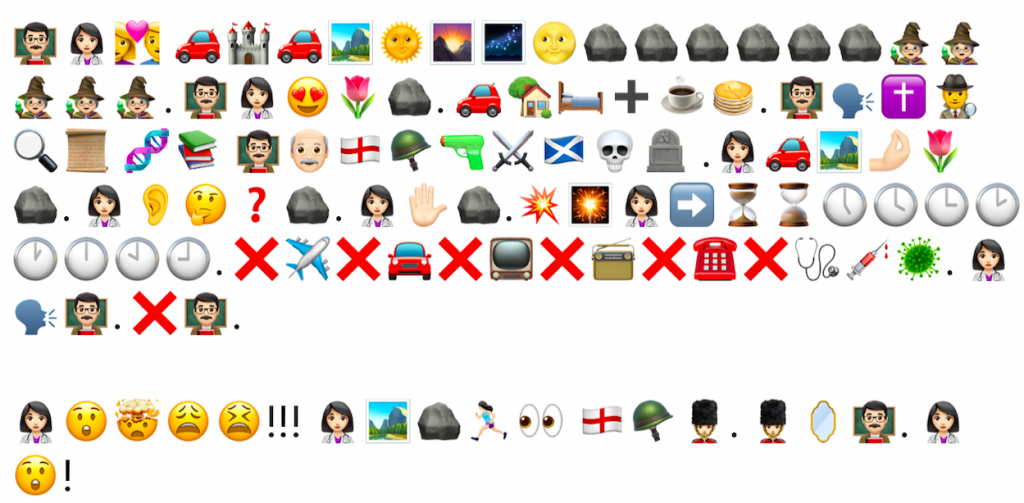
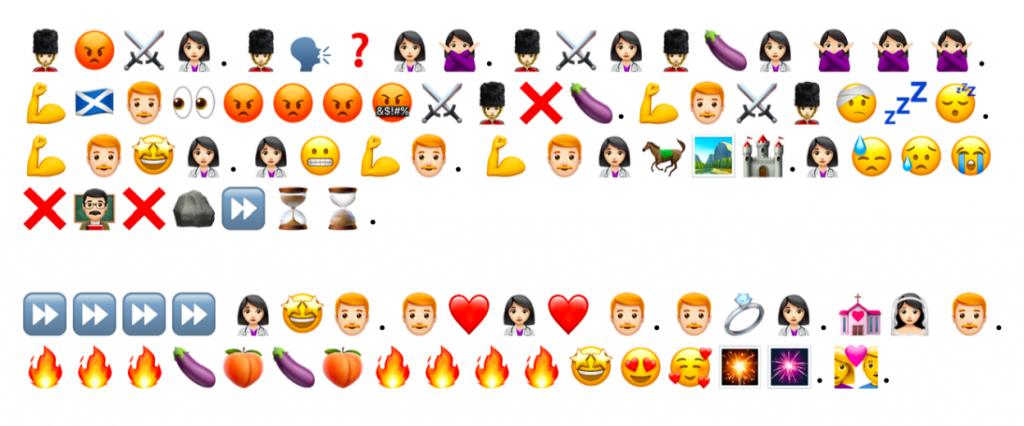
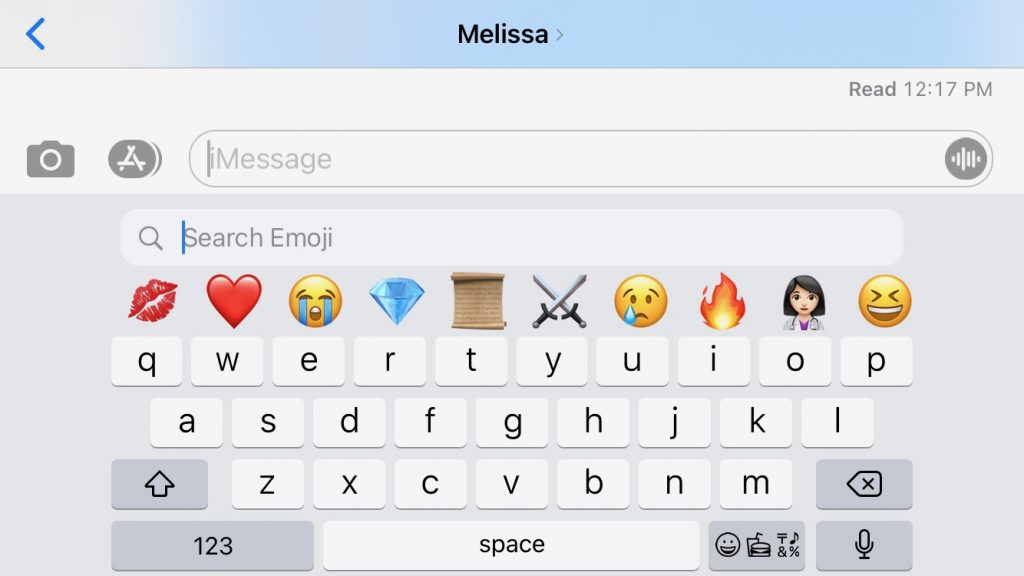
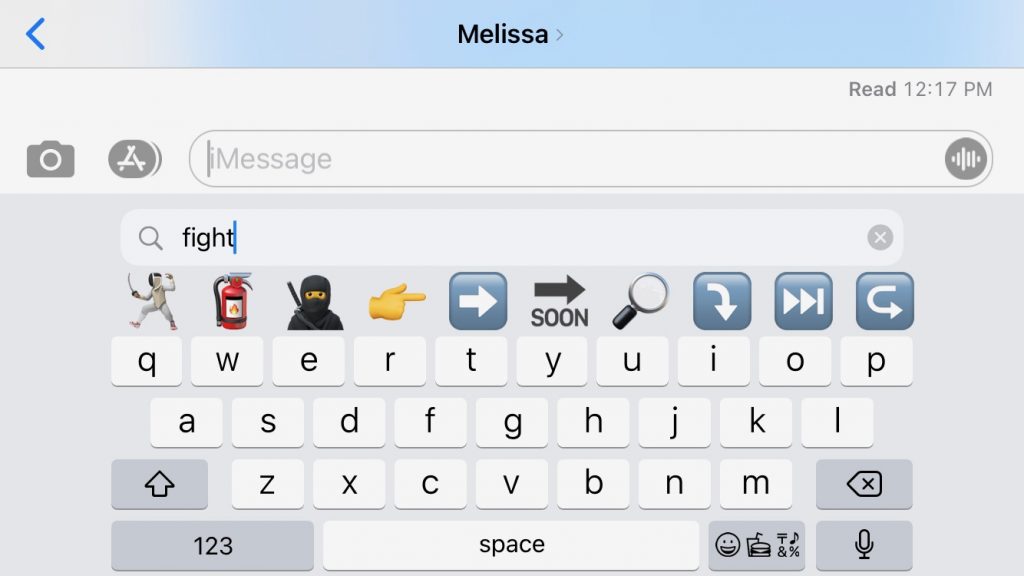
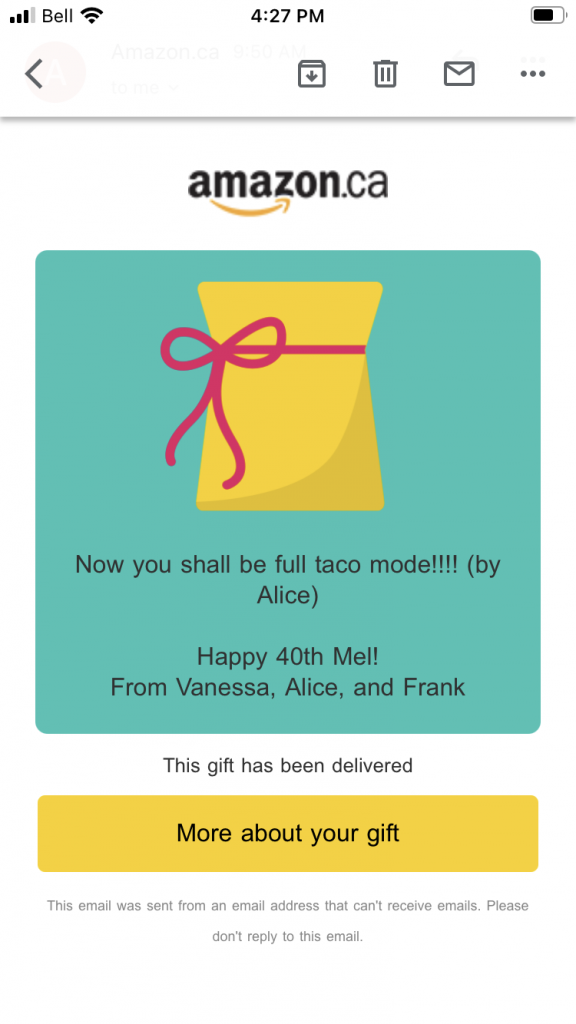
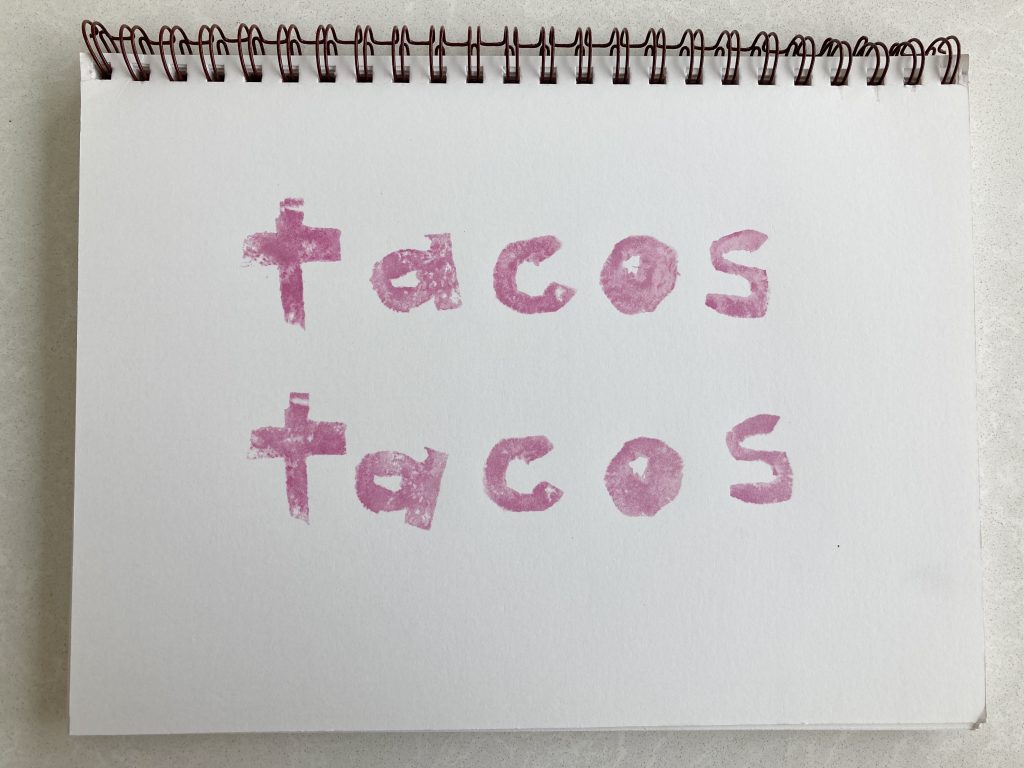
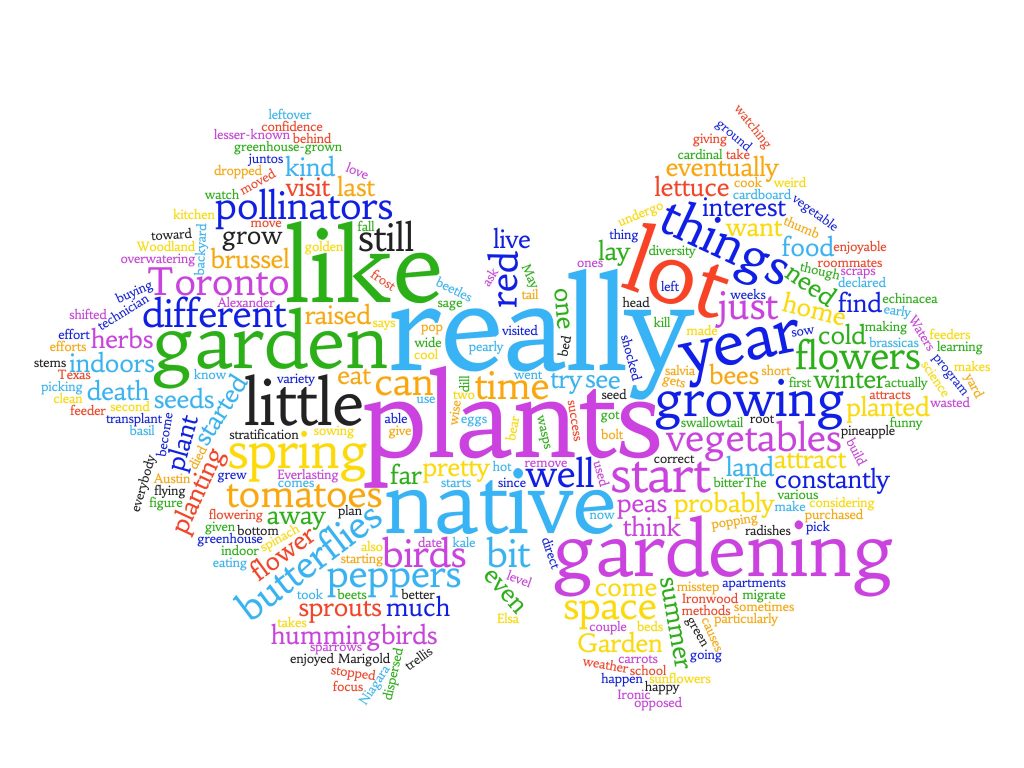 I started gardening when I move to Toronto which is a little bit Ironic considering that there’s a lot more land to Garden on in Texas but when I live there I live in Austin with roommates in apartments and really didn’t have my own space where I can grow things I declared myself to have a green thumb because I would kill any indoor plant that was given to me or that I purchased So eventually I just stopped buying them one of the things that it’s funny about growing plants indoors is that everybody over Waters them constantly and that’s what causes their death death by love and overwatering that first year in Toronto I grew tomatoes peppers basil planted some flowers like Marigold and has some peas growing up a trellis in the backyard we didn’t have much space and I had to lay down some cardboard and build a raised bed to make it happen but eventually the second year I used up a lot more space by making more red raised beds I really got into gardening do when we moved from Toronto to Niagara so I can go to school in the greenhouse technician program that’s when they really took off a lot of methods and the science behind growing and so that’s giving me the confidence to do what I do at my own home I’m really into native gardening as well as vegetable gardening and I really like growing weird vegetables but then sometimes it takes an effort to figure out what to do with them in the kitchen but my interest in gardening kind of stems from my interest in eating food and then learning how to cook food I like to eat at home as opposed to going out all the time now the focus has shifted a bit from gardening just for vegetables and herbs to planting a lot more native plants to attract pollinators and birds to the garden I really enjoyed this winter watching all of the birds come to the yard and eat from the feeders but also take away the seeds leftover on the plants that I didn’t clean up when they all died in the fall and early winter things like native Ironwood Woodland sunflowers echinacea and ask her little birds like juntos and sparrows are constantly picking at the ground and flying under the feeder to pick up the scraps of what’s left over that dropped but then they migrate toward those plants it really makes me happy that all these efforts are not being wasted in the summer it’s a particularly enjoyable for me to watch the bees and the butterflies and even lesser-known pollinators such a wise and beetles land on the flowers and is it a wide variety of plants need it or not it’s still pretty cool to see one plant that really kind of shocked me as far as having a lot of different diversity of pollinators visit it was still little native bees wasps swallowtail butterflies that lay their eggs on it visited the dill and I just couldn’t bear 2 remove it from the garden when it was really time to do so so in the spring I think I’ll have a lot of different little tail plants popping out from where it all went to seed and dispersed All Over the Garden The spring am starting more native plants by sowing the seeds while it’s still cold so they undergo the cold stratification. They need to pop up in the spring so things like golden Alexander and pearly Everlasting which are two flowers that are native and attract different native butterflies Elsa want to find my peppers and tomatoes this year even though I know how to start them because I really find that greenhouse-grown tomatoes and peppers do a lot better in the garden the ones I try to start indoors myself I’ll probably start some herbs and some brassicas like kale and brussel sprouts so I really haven’t had much success with the brussel sprouts last year when I started spinach and various lettuce says they did pretty well when I transplant them into the garden so I plan on doing that again I’ll direct sow some peas carrots beets radishes and other root vegetables probably a couple weeks before the frost date comes in May so that they give a little bit of a head start and I think I’ll do the same with lettuce as well since there really is a short. Of time in the spring you can grow it before it gets too hot in the summer in the weather starts to bolt or try to flower and become bitterThe other thing I want to do is correct a misstep I made last year when I planted some of my flowering plants on the bottom level of my garden the red plants like red cardinal flower and salvia against which is pineapple sage attracts hummingbirds what was the use of planting them far away in the garden and not being able to actually see the hummingbirds when they come to visit
I started gardening when I move to Toronto which is a little bit Ironic considering that there’s a lot more land to Garden on in Texas but when I live there I live in Austin with roommates in apartments and really didn’t have my own space where I can grow things I declared myself to have a green thumb because I would kill any indoor plant that was given to me or that I purchased So eventually I just stopped buying them one of the things that it’s funny about growing plants indoors is that everybody over Waters them constantly and that’s what causes their death death by love and overwatering that first year in Toronto I grew tomatoes peppers basil planted some flowers like Marigold and has some peas growing up a trellis in the backyard we didn’t have much space and I had to lay down some cardboard and build a raised bed to make it happen but eventually the second year I used up a lot more space by making more red raised beds I really got into gardening do when we moved from Toronto to Niagara so I can go to school in the greenhouse technician program that’s when they really took off a lot of methods and the science behind growing and so that’s giving me the confidence to do what I do at my own home I’m really into native gardening as well as vegetable gardening and I really like growing weird vegetables but then sometimes it takes an effort to figure out what to do with them in the kitchen but my interest in gardening kind of stems from my interest in eating food and then learning how to cook food I like to eat at home as opposed to going out all the time now the focus has shifted a bit from gardening just for vegetables and herbs to planting a lot more native plants to attract pollinators and birds to the garden I really enjoyed this winter watching all of the birds come to the yard and eat from the feeders but also take away the seeds leftover on the plants that I didn’t clean up when they all died in the fall and early winter things like native Ironwood Woodland sunflowers echinacea and ask her little birds like juntos and sparrows are constantly picking at the ground and flying under the feeder to pick up the scraps of what’s left over that dropped but then they migrate toward those plants it really makes me happy that all these efforts are not being wasted in the summer it’s a particularly enjoyable for me to watch the bees and the butterflies and even lesser-known pollinators such a wise and beetles land on the flowers and is it a wide variety of plants need it or not it’s still pretty cool to see one plant that really kind of shocked me as far as having a lot of different diversity of pollinators visit it was still little native bees wasps swallowtail butterflies that lay their eggs on it visited the dill and I just couldn’t bear 2 remove it from the garden when it was really time to do so so in the spring I think I’ll have a lot of different little tail plants popping out from where it all went to seed and dispersed All Over the Garden The spring am starting more native plants by sowing the seeds while it’s still cold so they undergo the cold stratification. They need to pop up in the spring so things like golden Alexander and pearly Everlasting which are two flowers that are native and attract different native butterflies Elsa want to find my peppers and tomatoes this year even though I know how to start them because I really find that greenhouse-grown tomatoes and peppers do a lot better in the garden the ones I try to start indoors myself I’ll probably start some herbs and some brassicas like kale and brussel sprouts so I really haven’t had much success with the brussel sprouts last year when I started spinach and various lettuce says they did pretty well when I transplant them into the garden so I plan on doing that again I’ll direct sow some peas carrots beets radishes and other root vegetables probably a couple weeks before the frost date comes in May so that they give a little bit of a head start and I think I’ll do the same with lettuce as well since there really is a short. Of time in the spring you can grow it before it gets too hot in the summer in the weather starts to bolt or try to flower and become bitterThe other thing I want to do is correct a misstep I made last year when I planted some of my flowering plants on the bottom level of my garden the red plants like red cardinal flower and salvia against which is pineapple sage attracts hummingbirds what was the use of planting them far away in the garden and not being able to actually see the hummingbirds when they come to visit